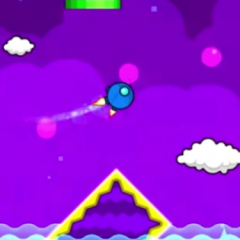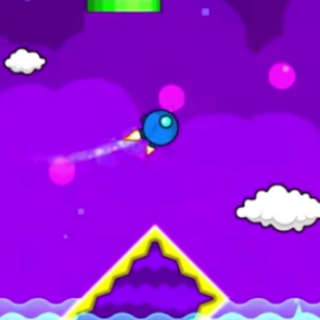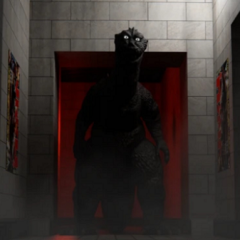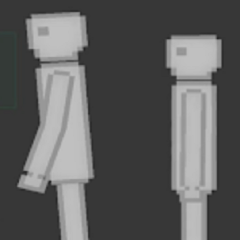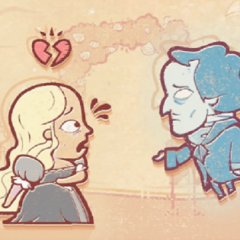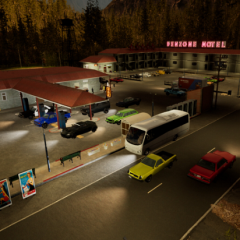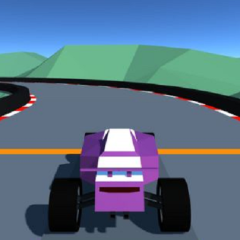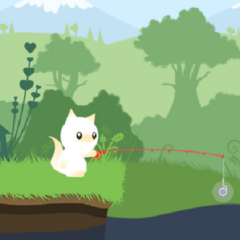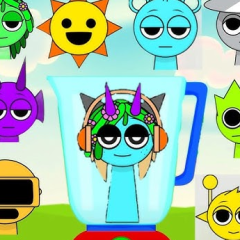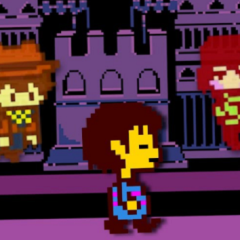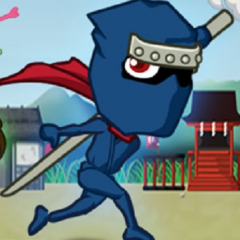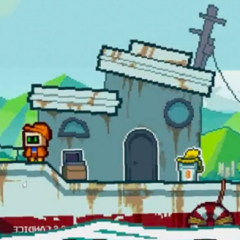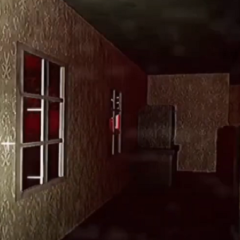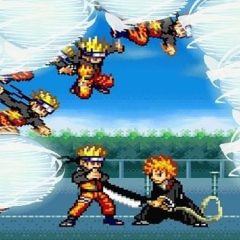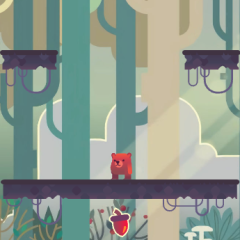Geometry Dash Breeze 2 continues the concept of motion tied closely to rhythm, offering players a side-scrolling experience where success depends on precise timing. The game follows a one-touch control system, but the simplicity of input contrasts with the complexity of the challenges. Each obstacle is placed in sync with the soundtrack, turning the level into a structured sequence that can only be completed through accurate reaction. The player does not control speed, only movement, making rhythm recognition and memory the foundation of progress.
Variety Across Stages and Interactive Tools
While early levels serve to introduce timing and spatial awareness, later stages demand complete familiarity with the mechanics. Breeze 2 introduces transitions between different forms such as flying, reverse gravity, or morphing objects. These shifts appear in response to specific symbols and often without advance notice, keeping the player alert. In addition to developer-designed stages, the game features a creative mode where users can build their own layouts using a flexible toolkit and audio syncing options.
Key Systems Present in Geometry Dash Breeze 2
Core elements shaping the experience include:
· Level progression tied to music tempo and visual rhythm
· A form-shifting system triggered by in-level objects
· Customization of icons and effects for visual distinction
· In-game level builder for designing shareable content
· Online scoreboards tracking attempts, completions, and stars
Visual Effects and Sound Synchronization
The visual identity of the game relies on sharp contrast and reactive movement. Blocks, hazards, and interactive items all pulse in time with the soundtrack. Rather than focusing on complexity in graphics, the design emphasizes clarity, helping players read the level as it unfolds. The audio serves as more than background—it guides timing, indicates changes, and gives cues for upcoming sequences. Each soundtrack is unique to its level, encouraging players to use sound as part of their navigation strategy.
Learning Curve and Community Focus
Geometry Dash Breeze 2 doesn’t rely on upgrades or power-ups to create challenge. Its difficulty is rooted in pattern recognition, muscle memory, and rhythmic alignment. Players are expected to learn through repetition, with instant restarts making each failure a lesson. The broader community contributes through uploaded levels and challenges, often adding variations that push the mechanics in unexpected directions. The game grows not through expansion but through the creativity of its players and the precision demanded by its design.

